Your shopping cart is empty!
MENU
- +
- Pet Lovers +
-
Cool Dogs+
-
Cool Cats+
- Grooming +
-
Health & Safety+
-
Home or Travel+
- +

The Bengal Cat!
Today, Pet Hangout is shining the light on the intoxicating Bengal Cat!
They are amazing in so many ways and a bit challenging in other ways. You’ve probably heard of a hybrid car but have you ever heard of a hybrid cat?
Name: Felis catus × Prionailurus bengalensis
General Description:
The Bengal Cat is a mix of many domestic cats, the Asian Leopard cat and the Egyptian Mau beginning in 1963.
Jean Mill of California successfully bred and produced the first-ever Bengal kitten.
He has distinctive markings that remind you of a large cat in the wild.
Curious, clever, exotic and sneaky are his middle names!
Overview:
The male will grow to be large and normally weighs 10 - 15 pounds.
The female will be of medium size and weighs 7 - 10 pounds. Their life expectancy is anywhere from 14 - 16 years (indoors) and 8 - 11 years (outdoors).
Fur colors: Brown, Silver, or Snow (snow colors can be Seal Lynx, Seal Sepia, or Seal Mink Point).
Within each fur color, the breed-accepted patterns are Spotted and Marble.
Their eye color ranges from Gold, Bright Green, Yellow, and Icy Blue. The beautiful Blue colored eyes are only found on the Snow type Bengal coats.
They are best known as a kitty that isn’t scared of much!
They are inquisitive, nosy, and like to get into the middle of the action. They have been known to jump into the shower with their humans and play in the water too.
Although they are domesticated, they may sound like a wild cat with their loud, mouthy cries and meows. They aren’t shy about letting you know they need their supper or need their litter box cleaned.
Life with this kitty around will be anything but boring!
They love to interact with their surroundings and will always vie for your attention. Along with enjoying lap time, they are adventurous and are always looking for play opportunities.
Let’s just say you will stay amused and probably laugh a lot at your Bengal. They totally rock in my opinion!
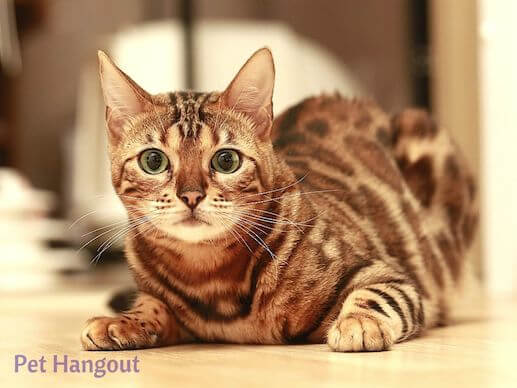
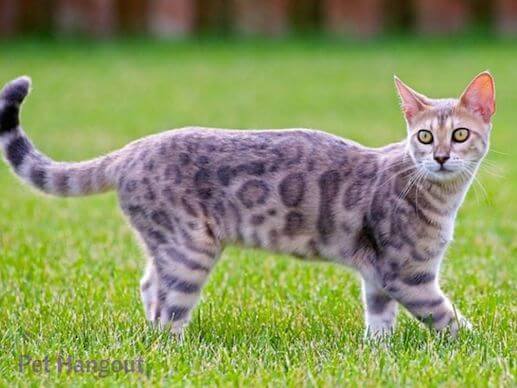
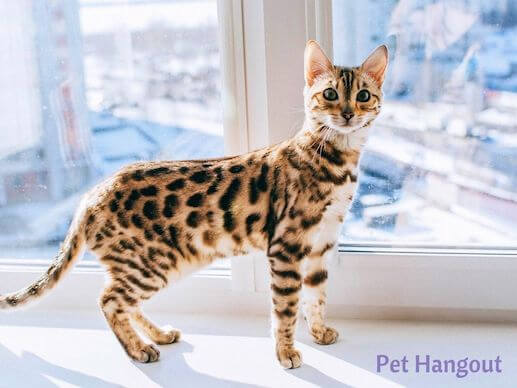
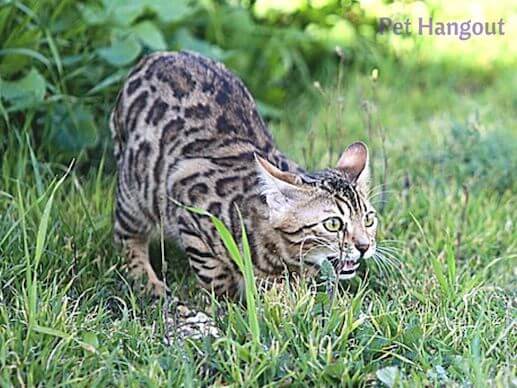
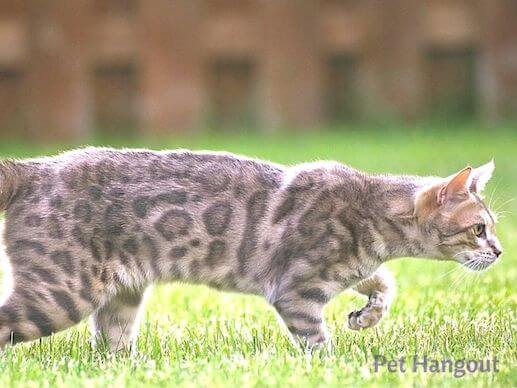
Profile of the perfect Bengal cat parent:
Questions to ponder before taking the leap with this kitty:
Bengal Cat at a glance (score 1 - 10 1 = low/small; 10 = high/large)
Care Demand: 8
Social: 9 (loves being around those they trust)
Good with children/elderly: 5 (use caution: they may play too rough around young children and be too active for the elderly)
Needs to be around humans: 8
Can be independent: 9 (yes, but this may spell trouble for your home and furniture)
Likes to be around other animals: 8 - generally gets along with other pets including dogs and cats
Destructive with claws: 8 (depends on how well you provide a good play area for them)
Health issues: 6
Life Expectancy: 8
Playful: 9
Needs lots of exercise: 9
Vocal: 9
Needs lots of grooming: 3
Amount of shedding: 4 (they do shed but not excessively)
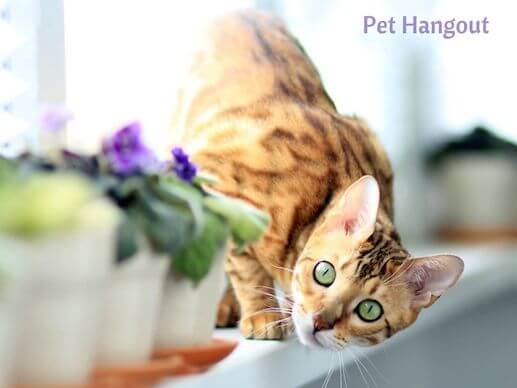
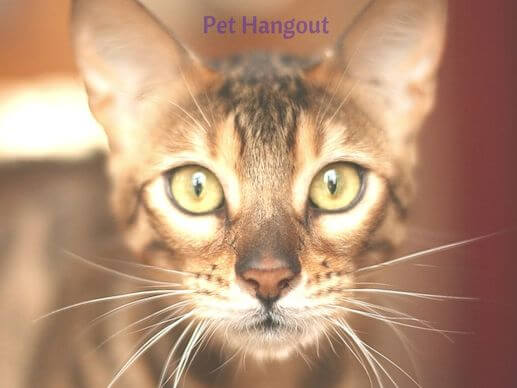
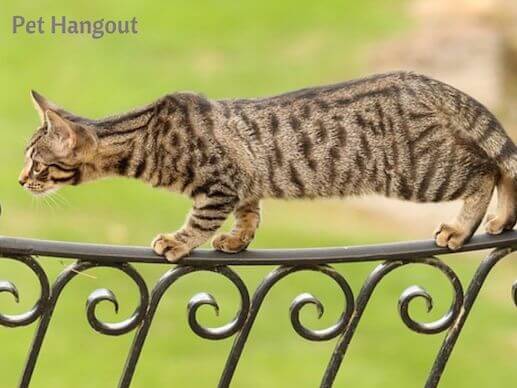
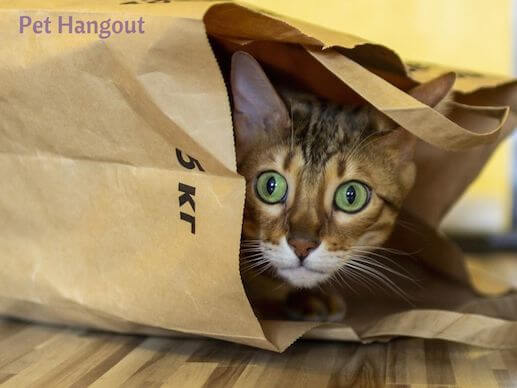
More about the Bengal Cat:
Notable Cool Facts: The Bengal Cat can be trained to do tricks! They are highly intelligent and can learn simple tricks just as easy, or easier, than dogs.
They enjoy going on walks with you, much as a dog would. We recommend putting a harness on them so you do not hurt their neck.
The Cat Fanciers Association still considers Bengals to be a “wild” animals and will not accept them for showing or registration.
Their coat is velvet soft.
Jerry Seinfeld, Elizabeth Hurley, and Kourtney Kardashian own a Bengal cat.
Bengals can jump up to 3 times their own height and leap 10 feet sideways.
Bengals have been known to collect small, shiny objects like jewelry and stash away in their private collection.
Bengals have been affectionately referred to as the Rolls Royce of the cat world. Their price ranges anywhere from $500 to $5000, depending on their lineage and show quality.
Bengals have a stronger than normal hunting instinct handed down to them from their wild ancestors.
The breed was first called The Safari Cat.
History:
Jean S. Mill began to experiment with breeding domestic and wild Asian Leopard cats in 1963. The Bengals we have as pets today descended directed from these cats and the efforts of Ms. Mill.
Society has always been fascinated with wild, big cats. This was Ms. Mills answer to that call. She thought this would create an exotic looking cat that possessed the sweet nature of a domestic cat.
Although the Cat Fancier's Association still has not recognized the Bengal Cat as a documented breed, the International Cat Association did in 1991.
Behavior (personality):
Children - Best around older children who can be taught to respect the Bengal. Bengals may play too rough around younger children, especially if the child pulls their tail or chases them.
Elderly - Although Bengals love laps and are loyal to their human, they may be too much of a “busy body” for less active seniors.
Play - They can turn anything into playtime, including running water, your furniture, your drapes, and your total house.
Other Pets - Plays well with other dogs normally. Some males may be too dominate to peacefully co-exist with other cats.
Strangers - Is generally friendly to strangers.
When in a new environment - They will see a new environment as an opportunity to explore and discover. The ultimate playground for the Bengal.
Care:
Feeding - Your cat is quite happy eating a small portion twice a day.
Generally speaking, a feline with normal activity should eat approximately 20 calories/pound of weight. For more active cats like the Bengal, you should feed them 30 calories/pound of weight.
Be sure to select a quality cat food with whole foods and not empty fillers in them. This will make a huge difference in the long term health of your Bengal.
Grooming - Does not require any grooming really unless you just want to brush and bond with your Bengal.
Exercise - Your Bengal will thrive on bunches of exercise. They have a lot of energy to get out every single day. Be sure you are providing ample play areas with lots of climbing, chasing, and conquering opportunities.
Also, let them go outside to spend some energy if you have a safe zone for them to play in.
Common Health Issues:
They are a very healthy breed but can have issues related to irresponsible breeding.
Rescues/Clubs:
Breeders:
There are a lot of things to think about when searching for a reputable Bengal Cat Breeder.
We encourage you to check out all the information from The International Cat Association.
It’s full of a wealth of information on questions to ask, things to look for, the different types of breeders, and all the good, bad, and ugly of the breeding world.
Educate yourself with the facts first before talking to a breeder for the love of the Bengal Cat Breed!
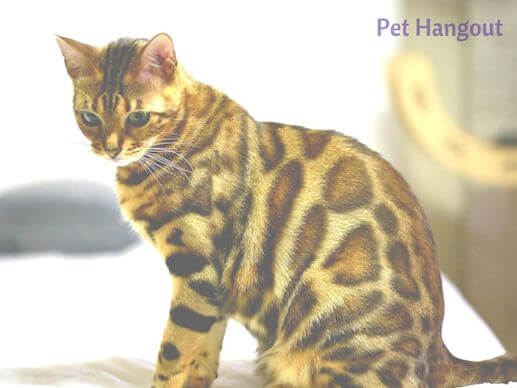
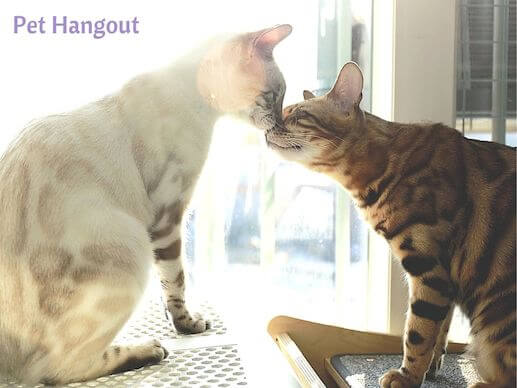
Watch this video on the Bengal Cat!
Thinking about getting a Bengal?
What attracts you most to this beauty?
Comment below...
For more kitty reads from The Tale Wagger, be sure to check out 11 Secrets of the Playful and Beautiful Savannah Cat, 17 Crazy Funny Cat Quotes to make you Chuckle, and 16 Things You Need to Know about you Cats Eyes.